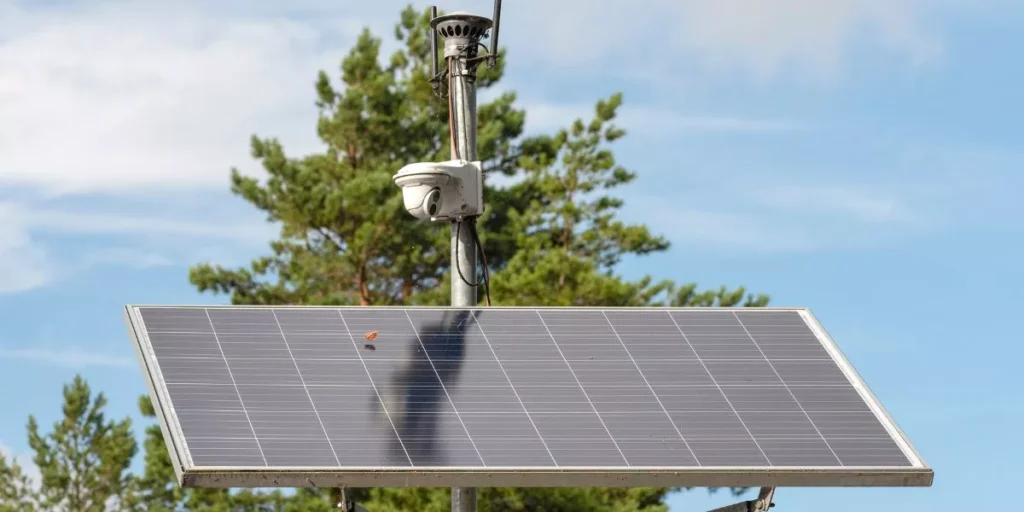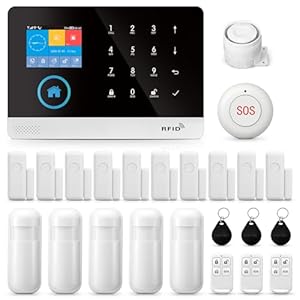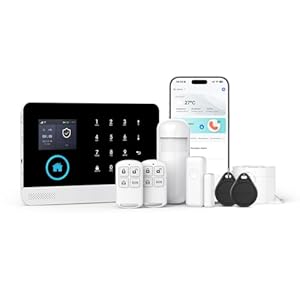
When it comes to safeguarding your property with solar-powered smart security cameras, the options can seem overwhelming. From Ring Stick Up Cam Solar to Reolink Argus 2 and others, each camera offers unique features that cater to different needs and preferences. But which one reigns supreme in terms of reliability, performance, and value? Let’s explore the top contenders in the solar-powered smart security camera arena to help you make an informed decision.
Top Features of Solar-Powered Smart Cameras
Explore the advanced capabilities that make solar-powered smart cameras stand out in the realm of security technology. These cameras harness the power of the sun to operate wirelessly, eliminating the need for frequent battery changes or cumbersome wiring. With built-in solar panels, they can recharge themselves during the day, ensuring continuous operation even in areas with limited access to electricity.
One key feature of solar-powered smart cameras is their ability to connect to your home’s Wi-Fi network, allowing you to monitor your property remotely. You can receive real-time alerts on your smartphone when motion is detected, enabling you to respond promptly to any potential security threats. Additionally, many of these cameras come equipped with two-way audio, enabling you to communicate with visitors or deter intruders.
Moreover, these cameras often offer advanced motion detection capabilities, distinguishing between people, animals, and vehicles. This feature helps reduce false alarms and ensures that you’re only notified when it truly matters. Overall, solar-powered smart cameras provide a convenient, eco-friendly, and effective way to enhance the security of your home or business.
Comparison of Leading Solar Security Cameras
When comparing leading solar security cameras, you’ll notice distinct features that set each model apart in terms of performance and functionality.
The Ring Stick Up Cam Solar is a popular choice known for its easy installation and compatibility with the Ring app, allowing for convenient remote monitoring.
On the other hand, the Reolink Argus 2 boasts impressive battery life and advanced motion detection capabilities, making it ideal for areas with varying sunlight exposure.
For those seeking a more discreet option, the Soliom S60 offers a sleek design with 360-degree solar panels for maximum energy absorption.
Additionally, the Arlo Ultra features 4K video quality and a wide field of view, perfect for detailed surveillance needs.
Lastly, the Blink XT2 stands out for its affordable price and free cloud storage options, making it a budget-friendly yet reliable choice for basic security requirements.
Each of these solar security cameras has its unique strengths, allowing you to select the one that best suits your specific needs.
Benefits of Solar-Powered Security Systems
To fully appreciate the advantages of solar-powered security systems, consider the long-term cost savings and environmental benefits they offer. With solar-powered security cameras, you can significantly reduce your electricity bills since they harness energy from the sun, eliminating the need for traditional power sources. This not only saves you money but also makes your security system more sustainable. Additionally, solar-powered security systems operate independently of the grid, ensuring uninterrupted surveillance even during power outages.
Moreover, these systems are environmentally friendly as they rely on clean and renewable solar energy, reducing your carbon footprint. By choosing solar-powered security cameras, you contribute to a greener future by utilizing a sustainable energy source. Another benefit is the flexibility solar-powered systems offer in terms of installation. Since they don’t require complicated wiring or access to electrical outlets, you have more freedom in where you can place them, enhancing your property’s security without the constraints of traditional power sources.
Installation Tips for Solar Smart Cameras
For optimal performance, ensure that your solar smart camera is installed in a location with direct sunlight exposure throughout the day. Choose a spot where the solar panel can receive maximum sunlight to keep your camera charged and functioning efficiently. Before mounting the camera, test the solar panel’s placement during different times of the day to guarantee it receives adequate sunlight for charging.
When positioning the camera, make sure it has a clear line of sight to the area you want to monitor. Avoid obstructions like trees or buildings that could block the camera’s view or cast shadows on the solar panel. Additionally, consider the camera’s distance from your Wi-Fi router to ensure a stable connection for live streaming and alerts.
Securely mount the camera following the manufacturer’s instructions to prevent it from being tampered with or easily removed. Regularly clean the solar panel from dust or debris to maintain its efficiency. By following these installation tips, you can maximize the performance and effectiveness of your solar-powered smart security camera.
Trending Products














